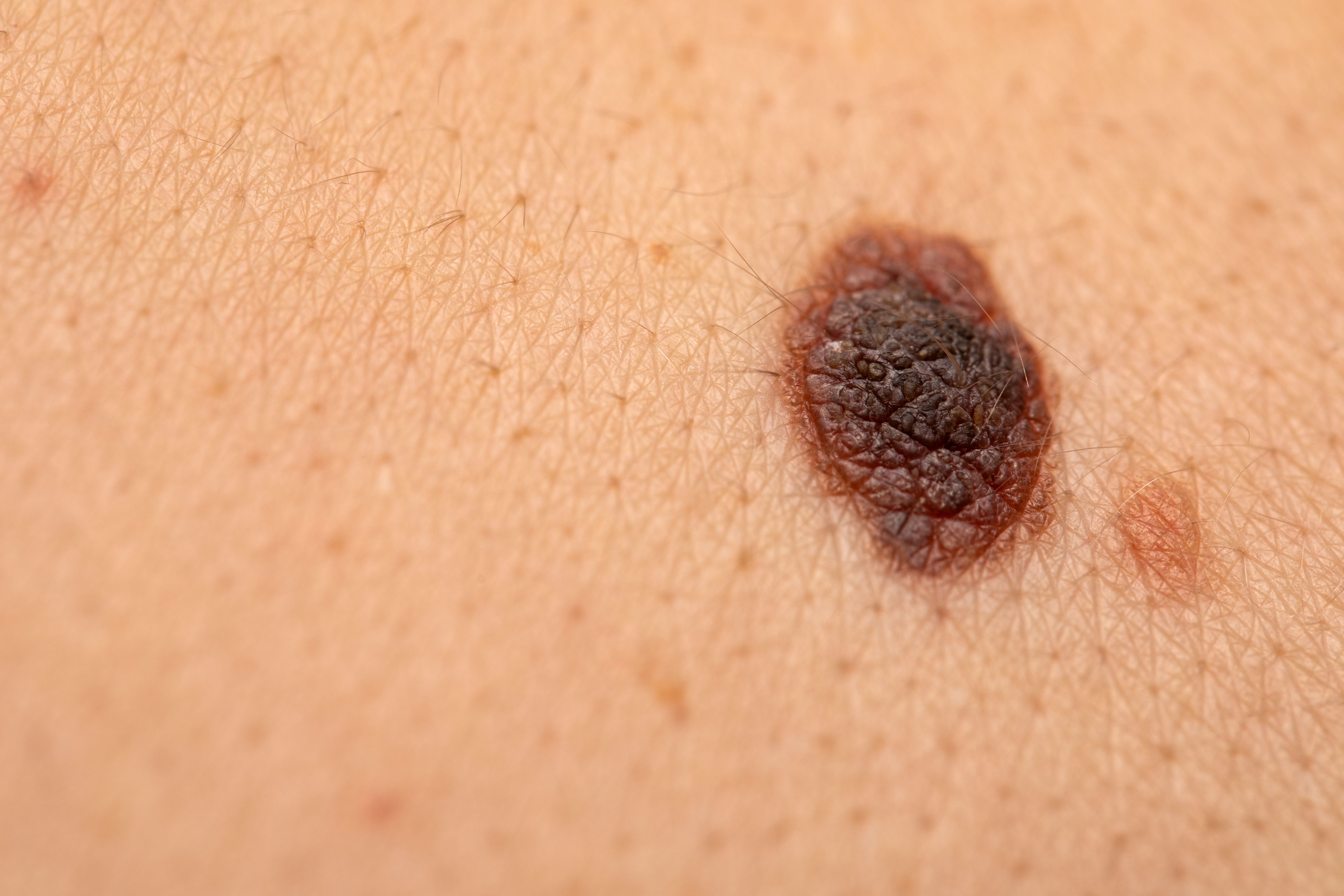
- Case-Based Roundtable
- General Dermatology
- Eczema
- Chronic Hand Eczema
- Alopecia
- Aesthetics
- Vitiligo
- COVID-19
- Actinic Keratosis
- Precision Medicine and Biologics
- Rare Disease
- Wound Care
- Rosacea
- Psoriasis
- Psoriatic Arthritis
- Atopic Dermatitis
- Melasma
- NP and PA
- Skin Cancer
- Hidradenitis Suppurativa
- Drug Watch
- Pigmentary Disorders
- Acne
- Pediatric Dermatology
- Practice Management
- Prurigo Nodularis
- Buy-and-Bill
News
Article
Photoprotection Education to Share With Patients
Author(s):
Primary and secondary melanoma prevention factors are necessary to reduce patients’ melanoma risk.
Although not all melanomas are caused by UV exposure, the majority are, necessitating proper photoprotection for all patients. At the 2023 Fall Clinical Dermatology Conference in Las Vegas, Nevada, Roger Ceilley, MD, FAAD, FACMS, presented his best photoprotection pearls during his session, ‘What you Need to Know Now About Photoprotection.”1
Primary prevention factors such as applying sunscreen and wearing UV protection shirts help to decrease the overall incidence of melanoma among patients. Secondary prevention factors such as early detection help reduce mortality risks associated with melanoma. Together, primary and secondary prevention strategies must be shared with patients to reduce their risk of developing melanomas.
Ceilley showed a SEER chart from 2015 comparing the incidence of melanoma to latitudes in the US and showed that states/cities such as Hawaii, Atlanta, and Connecticut had increased rates of melanoma.
An important message for clinicians to relay to their patients is that consistently using sunscreen has been proven to reduce overall melanoma risks. Ceilley referenced a 2011 study that randomly selected 1621 residents of Nambour, Australia, who were aged 25 to 75 and were randomized to daily or discretionary sunscreen application to their head and arms in combination with 30mg beta carotene or placebo supplements. Overall, after 10 years, 11 new primary melanomas had been identified in the daily sunscreen group and 22 new primary melanomas had been identified in the discretionary group.2
Another Australian study found that regular sunscreen use prevented approximately 14,190 individuals from developing squamous cell carcinomas and 1730 from developing melanoma. The Australian study concluded that prevailing levels of sunscreen use “probably reduced skin cancer incidence by 10-15%).3
While getting patients to regularly use sunscreen is crucial, many clinicians are asked about what SPF level is enough or not enough. According to Ceilley, the marginal increase in UVB protection from SPF 50 to 100 is only 1%. Although patients may think inadequate SPF levels are responsible for skin damage, the amount of applied sunscreen is a major contributing factor. Ceilley noted that many patients do not apply the correct and recommended amount of sunscreen. The general rule for sunscreen for application is 2mg/cm2.
Another study compared SPF 50 to SPF 100 and found that a patient’s side of the face applied with SPF 50 is 11 times more likely to be sunburned than the side applied with SPF 100. Additionally, erythema was significantly lower on the SPF 100+ protected side of the face, and erythema progression was observed to be more than twice as severe on the SPF 50+ protected side of the face. This particular study concluded that in its real-world, actual usage study, SPF 100+ sunscreen was significantly more effective in protecting against sunburn than SPF 50+ sunscreen in all skin types evaluated.4
Sunscreen Protection Beyond UV
According to Ceilley, the effects of solar radiation on the skin can differ based on skin characteristics such as phototypes, and light wavelengths and exposure to them. “New studies show that visible light generates reaction species that lead to skin damage and pigmentation,” said Ceilley. Skin damage caused by visible light is more prominent in Fitzpatrick skin types IV-VI.
Ceilley also discussed how the “perception” of sunscreen has changed from only sunburn protection to now encompass protection against photoaging, dyspigmentation, DNA damage, and photocarcinogenesis. A referenced study found evidence that suggests visible light and infrared light may contribute to photoaging and skin cancer. Sunscreen additives such as antioxidants and photolyases may offer protection, but further research is needed.
More Than Sunscreen
Finally, Ceilley reviewed the use of nicotinamide for skin cancer prevention. Nicotinamide, a form of vitamin B3. The 2015 phase 3 ONTRAC clinical trial evaluated nicotinamide's ability to reduce new skin cancers.5 Nicotinamide is ideal for patients who have had at least 2 non-melanoma skin cancers (eg, basal cell carcinoma or squamous cell carcinoma) in the last 5 years. The recommended dosage is 500mg twice a day. Nicotinamide supports the body’s immune system fight against the recurrence of skin cancer by preparing damaged DNA. Ceilley mentioned it is important to remember that nicotinamide is not a replacement for sunscreen.
Reference
- Ceilley R. What you need to know now about photoprotection. Presented at: 2023 Fall Clinical Dermatology Conference: October 19-22, 2023; Las Vegas, NV.
- Green AC, Williams GM, Logan V, Strutton GM. Reduced melanoma after regular sunscreen use: randomized trial follow-up. J Clin Oncol. 2011;29(3):257-263. doi:10.1200/JCO.2010.28.7078
- Olsen CM, Wilson LF, Green AC, et al. Cancers in Australia attributable to exposure to solar ultraviolet radiation and prevented by regular sunscreen use. Aust N Z J Public Health. 2015;39(5):471-476. doi:10.1111/1753-6405.12470
- Williams JD, Maitra P, Atillasoy E, Wu MM, Farberg AS, Rigel DS. SPF 100+ sunscreen is more protective against sunburn than SPF 50+ in actual use: Results of a randomized, double-blind, split-face, natural sunlight exposure clinical trial. J Am Acad Dermatol. 2018;78(5):902-910.e2. doi:10.1016/j.jaad.2017.12.062
- Chen AC, Martin AJ, Choy B, et al. A Phase 3 Randomized Trial of Nicotinamide for Skin-Cancer Chemoprevention. N Engl J Med. 2015;373(17):1618-1626. doi:10.1056/NEJMoa1506197
Newsletter
Like what you’re reading? Subscribe to Dermatology Times for weekly updates on therapies, innovations, and real-world practice tips.
2 Commerce Drive
Cranbury, NJ 08512
All rights reserved.






